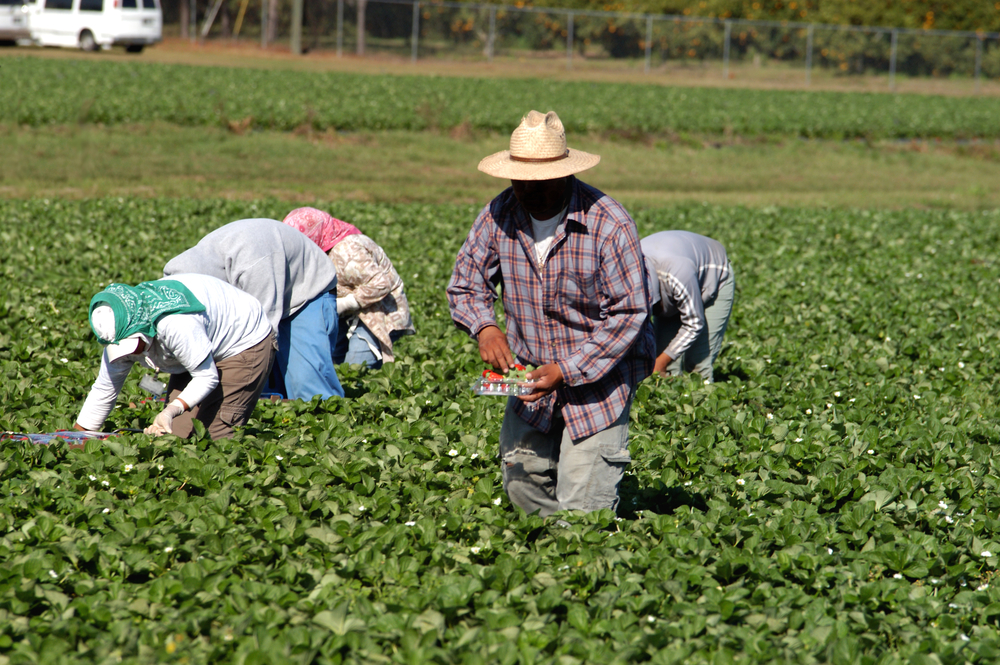
A new survey shows what the true cost of wage and overtime increases for ag labor might be as producers make plans to adjust to the changes.
California agriculture businesses took two significant human resources hits in 2016. The minimum wage increase and the new agricultural overtime laws will both have significant impacts on the industry.
As a result of the new laws, Western Growers conducted a survey of its California members to capture the business decisions they are now planning and the impact on farmworkers and farm businesses. Western Growers was among the many agricultural organizations that warned lawmakers that these laws would collectively harm the very people that supporters of these measures claimed to be helping: farmworkers.
The new study finds that the minimum wage increase along with the Legislature’s changes to agricultural overtime laws would dramatically increase labor costs — nearly 20 percent for vegetable growers and more than 25 percent for fruit growers.
Since farmers do not control the prices for their products, as they can only take the current market numbers, the study shows ways to counter costs. These include reducing California production, shifting to less labor-intensive crops and mechanization. Each of these options either reduces farmworker hours and wages or eliminates jobs entirely.
Of those responding to the survey, more than 80 percent plan to cut the number of daily and weekly hours for farmworkers in order to meet the new overtime regulations. Only 3.4 said they would not be cutting hours. The remaining 16 percent were undecided. In addition, 78 percent said they plan to look into mechanizing the labor-intensive jobs over the next few years.
According to the study results, the impact of the minimum wage and agricultural overtime laws will be to disproportionately injure farmworkers, their families and the rural communities in which they live.










